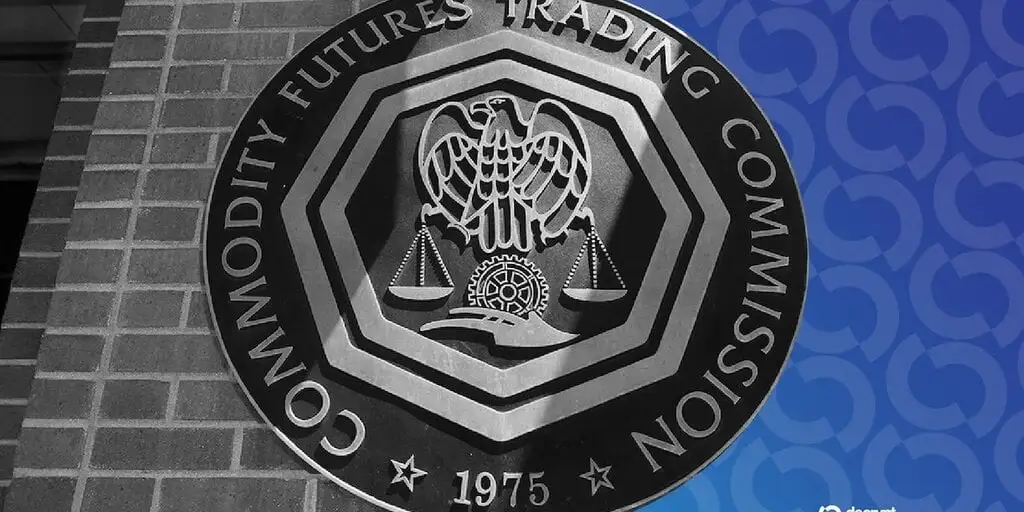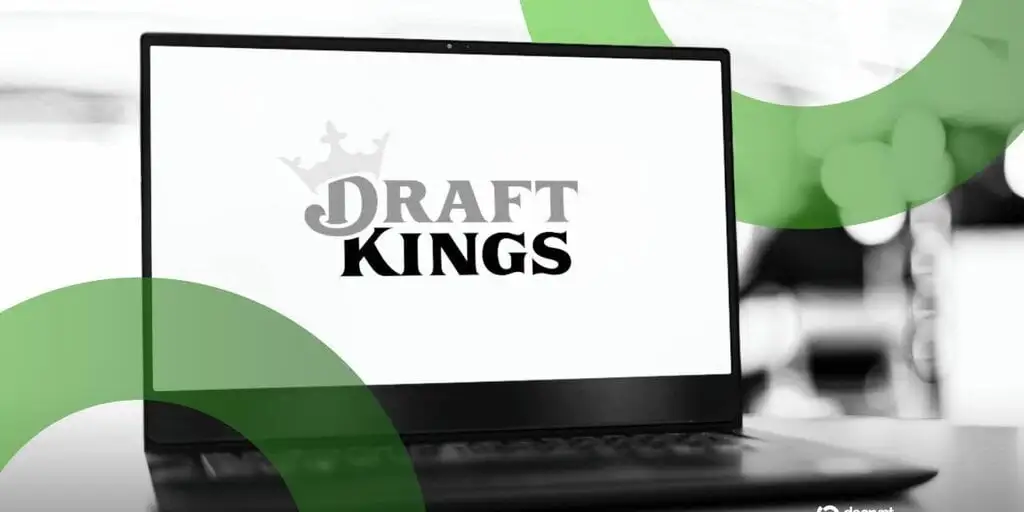Latin America is leveraging blockchain-based services for payments and access to financial services, indicating that the role of the crypto industry is not just to serve financial speculators chasing the next meme coin surge.
Citizens in Latin America are increasingly using cryptocurrencies as an alternative to the region's inadequate banking infrastructure, enabling them to facilitate digital payments and create savings accounts based on stablecoins.
Patricio Mesri, co-CEO of Bybit's Latin America division, stated, "The adoption rate in the Latin American region is quite high. People are using stablecoins in their daily lives, so this is a completely different market." He told Cointelegraph during the 2025 European Blockchain Conference in Barcelona, "Cryptocurrency is actually changing people's lives. You can see the adoption rates in Argentina, Venezuela, Bolivia, and Mexico are growing rapidly."
He mentioned that some of the most interesting use cases include using stablecoins for payments to avoid high remittance fees associated with the SWIFT banking network, as well as obtaining cryptocurrency-based loans for significant purchases like cars or homes.
In countries like Argentina, where the annual inflation rate exceeds 100%, the demand for dollar-backed stablecoins (including USDC and USDT) has surged.
According to a report by Cointelegraph in March, stablecoin trading accounted for 39% of the total purchase volume on the local crypto exchange Bitso in 2024, making it the most popular digital asset.
The lack of banking services has also created systemic inefficiencies in the region, including technological barriers and high startup costs, which are slowing down investments flowing into Latin America's capital markets.
However, a report by Bitfinex Securities in August indicated that the region's liquidity delay issues could be improved through the adoption of blockchain-based tools, such as the tokenization of real-world assets (RWA).
Bitfinex stated that tokenized products can expand investor access and bring more capital to the region, as they can reduce the issuance costs of capital raising by up to 4% and shorten the time to market by up to 90 days.
Paolo Ardoino, CEO of Tether and CTO of Bitfinex Securities, remarked, "For decades, businesses and individuals, especially in emerging economies and industries, have struggled to access capital through traditional markets and organizations."
He added, "Tokenization actively eliminates these barriers," and noted that RWAs can release capital more efficiently than traditional financial products.
According to blockchain analytics firm Chainalysis, Latin America is the seventh-largest crypto economy in the world in 2023, trailing behind the Middle East and North Africa (MENA), East Asia, and Eastern Europe.
Related: EU sanctions Russian A7A5 stablecoins and cryptocurrency exchanges
Original article: “Latin America Turns to Stablecoins to Combat Inflation, Cryptocurrency Becomes Preferred Daily Payment Method”
免责声明:本文章仅代表作者个人观点,不代表本平台的立场和观点。本文章仅供信息分享,不构成对任何人的任何投资建议。用户与作者之间的任何争议,与本平台无关。如网页中刊载的文章或图片涉及侵权,请提供相关的权利证明和身份证明发送邮件到support@aicoin.com,本平台相关工作人员将会进行核查。




